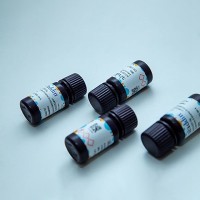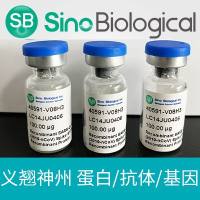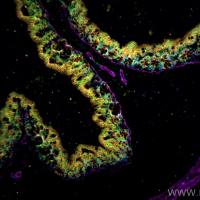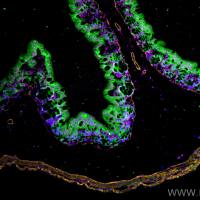The Application of LR Gold Resin for Immunogold Labeling
互联网
693
The routine preparation of biological samples for transmission electron microscopy (TEM) usually involves a double-fixation in, first, glutaraldehyde and subsequently in osmium tetroxide (OsO4 ). The specimens are then dehydrated and embedded in a (heat-polymerized) epoxy resin. While this procedure may produce excellent ultrastructural preservation (see Chapter 1), the antigenicity of most tissue proteins is severely affected. Subsequent successful immunolabeling of such sections with a specific antibody, visualized with either protein A (pA)- or secondary antibody (IgG)-bound gold probe, is thus rare. This loss of antigenicity may reflect denaturation (through fixation, exposure to alcohol, or to the heat of resin polymerization) or inaccessibility (because of high-density crosslinkage of proteins with the fixatives and resin). Protein integrity may be maintained to a degree by adopting a more minimal fixation regime (e.g., omission of OsO4 [see Note 1 ], decreased concentration of aldehyde and lowered temperature). Additionally, certain antigens in epoxy resin-embedded specimens may also be “unmasked” by “etching” of the sections (e.g., in saturated sodium metaperiodate). However, the remaining component of heat denaturation may still preclude (or hinder; see Note 1 ) successful immunolocalizations.









